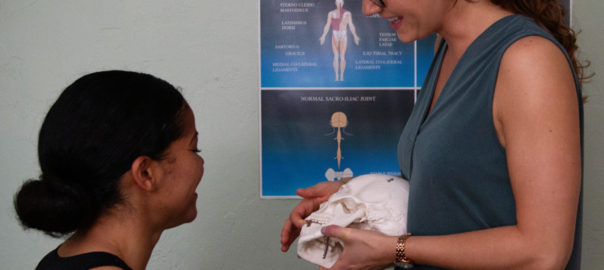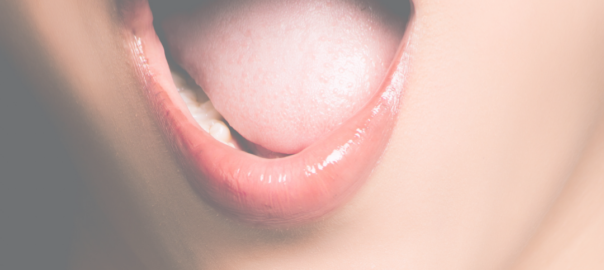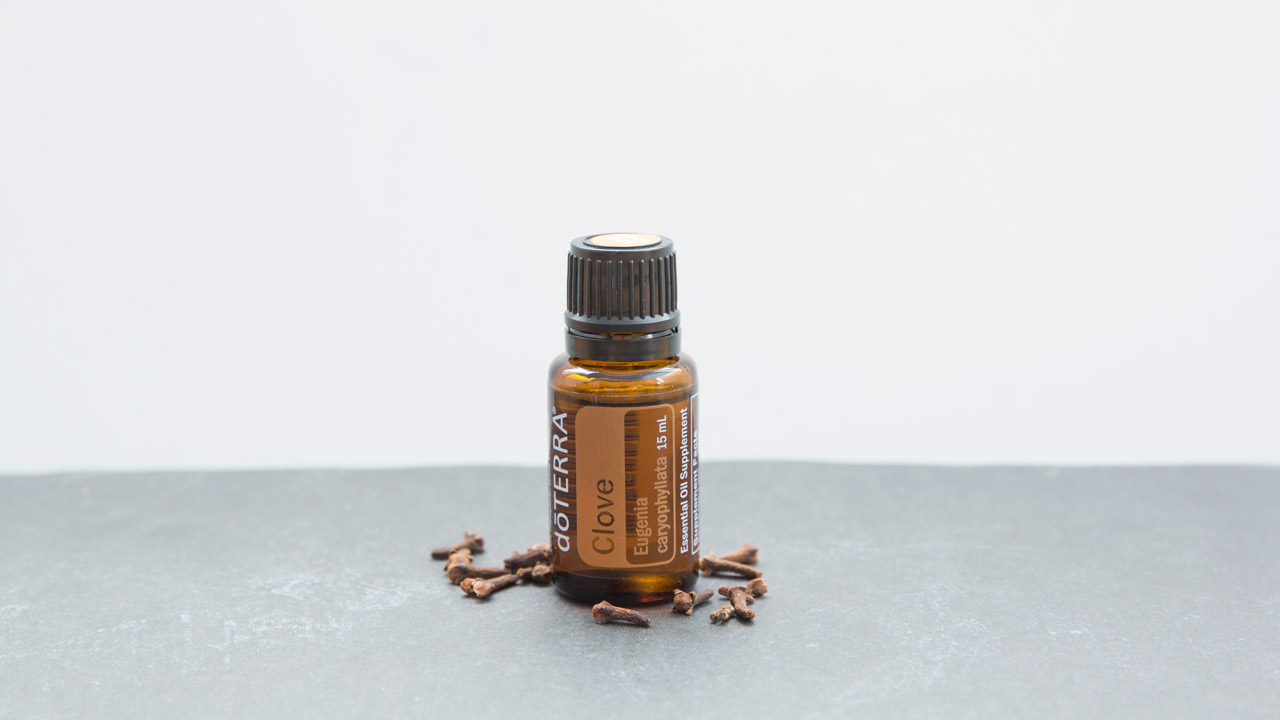This most vital nutrient deficiency, and how we’ve evolved without it.
Happy Monday. It is Monday right?! It seems since quarantine the days are blurring together am I right?!I’m going to take a break this week from talking about things related to coronavirus, just because well I’m over it lol. I think from the way the world is going you are all sick of it too! At least people are starting to wake up to our freedom.
My biggest worry is not this new “virus”. It is the huge impact this fiasco will have on the mindsets of our young people. They are being taught to be at war with germs. They are being taught that they have no control over their health. They are being taught that medications and vaccines are the answer to all diseases. They are being brainwashed and lied to, and that is very sad indeed. I’ve devoted most of my career to studying microbes and their benefits.
I will say I’ve had a couple of patients who showed up with it, and through testing it is NOT acting like a virus, but a toxin. If you’ve been with me awhile, I talk about all different ways we get exposed to toxins.
So keep this in mind when thinking about immunity. It’s not just fighting infections, but actually how our body and cells recover from cellular toxins.
_________________________________
This weekend I went with one of my mentors to help train a dentist on a case. Most of the great functional dentists and orthodontists if they are doing airway and orthodontia correctly always work with an osteopath, which is awesome! However, not many know all that us craniopaths do to combine osteopathy with chiropractic. And luckily, my mentors have been doing this a long time, and have such great knowledge and ways of explaining things.
Okay okay.. the “case” is myself. haha. I have struggled with airway and TMJ/neck issues for my entire life and it has been a long road to recovery. However, what I’m finding is about 80% of my practice suffers with the exact same thing, and no 1 case is the same.
Although I have recovered significantly, there’s still some improvement that can be made in my case, and so working with other professionals is key to finding the right appliance, or orthodontic device to achieve the results we desire.
As an adult, fixing some of these issues, which I will explain in a minute is a long road, and frankly most adults are not willing to take the journey. I get it. It’s easy to just do things here and there or get a CPAP to cope with symptoms. This is why it is CRITICAL and so NEEDED to educate about care for infants. So much of what we chase as adults could have been fixed easily as a child.
However, I am determined to get more oxygen and to get more sound sleep without surgery or devices. Why?!
Well you might have guessed by now that the most vital nutrient deficiency is oxygen.
There’s an extremely common pattern I see in about 80% of my patients, and this is oxygen deficiency.
Testing patient after patient, the same pattern will come up. So i’m going to give you some descriptions of this so that you can better decipher what is going on in your body and see it in those around you.
Because of oxygen deficiency, we’ve basically evolved into certain postures that are “common” but not normal.
Looking at the Body.
First of all just looking at how a person stands in gravity will give us some big clues.
For instance these images below (which are not mine) show a great example of typical postures we see with airway issues.
Take a look at how the head is positioned. The ear should be directly in line with the shoulder, however, the ear in this case is quite forward in relationship to where her shoulder is. Look at the back, rounding in her shoulders and upper back which usually creates mid back problems, and the lower back tends to bend or tilt more forward This is the “classic” airway posture. Leaning forward to get more oxygen when the airway is constricted. You see SOOO many people with this. Yes technology has created forward head issues as well, but this is really a neurological issue for people with airway issues. They actually feel uncomfortable sitting up straight and maintaining it because it cuts off their oxygen. So the brain will say, nope let’s put them back into that position.


If we look at a front view of a person with airway issues, this is what you will see. (again not my image)

This is a classic forward hand posture. The arms and hands should be more aligned with the side of the body. What happens with this person is that if you stand behind them and just give a little push behind them pushing forward, they won’t be able to resist against it. That person is always unstable.
What will then happen is all of the back muscles will tighten to keep them from falling forward all the time. So you’ll keep finding tight shoulders, tight hands, tight neck, tight back, everything behind them will try to counterbalance if the system is working properly (Usually Younger, healthier individuals). Older individuals don’t adapt well anymore, so they end up going more and more and more forward and have more health complications.
What we can do for these cases, is we can test and see if the bite and airway is the primary issue for these people by putting a little tongue depressor and having them bite on it. If you try and push that person again and they stand their ground, this is where we need to refer and work with a functional dentist/orthodontist to help stabilize the bite and jaw. If it doesn’t change, or maybe improves a little it is a mixed pattern of bite and airway issues.
These individuals with airway issues don’t stand in gravity well. They will start to sway back and forth, or will feel like they can’t hold their weight, so they will look for a wall or something to lean on constantly. Or they will start to get really fidgeting because they can’t hold their weight, and they know if they can’t hold their weight they will crash and fall.
Why isn’t this person standing in gravity well?
If we take a person into the side thats tight, we call it side bending, this simulates where you are stepping sideways. Every time that person steps sideways the body loses its ability to communicate and can’t get any messaging down, so they will recruit all the upper body muscles to help keep them upright. This is why you will continuously see tight patterns and muscles. Makes sense?! It’s not that the person or muscle is weak, it’s that the body is trying to protect that area.
Generally, lying down these patients will feel much more comfortable, taking all that gravity away. Except even lying, the person still has some tight muscles. Why? the person will hold that pattern because the brain says we “better hold that pattern because the body is unstable. “
What I find, is that when I treat the body and take away the cranial and body patterns, the person will feel amazing! However, it won’t hold. As soon as that person bite chews and swallows it will re-tighten, or they aren’t getting enough oxygen, the body will go right back into that pattern.
This is why we NEED great and amazing functional dentists, ENT and orthodontists to help us! When we combine the structure with the mechanics, it is life changing for individuals. Remember that teeth are just an extension of bone, so we have to get the cranial mechanics working as they are changing the bite and teeth to make the ENTIRE body balanced. That side bending I was just mentioning starts all the way in the head, so as they balance the bite and expand the palate (usually), we have to make sure those compensatory patterns are not keeping it in the improper pattern. Basically, we have to retrain the brain, and keep balancing as they are changing the structure.
So what is it that the dentist, orthodontists, myofunctional therapists and ENT needs to do to fix the airway issues?
Well, thats not an easy answer because every person is different. Some individuals have tongue ties and aren’t swallowing properly. Some have enlarged tonsils and adenoids, others (most common) have a very narrow upper palate which causes narrowing of the sinuses and facial structure. All of this most commonly is due to how we are born, or what traumas we’ve had physically to our head and body.
Again, Why treating children early on is key to reverse it!
AS we grow into these dysfunctional patterns it’s a lot harder and takes more time to basically UNDO what our body has done to compensate. It’s not impossible, but it is definitely a longer route.
NOT ALL DENTISTS/ORTHODONTISTS know this !!! IN reality, very very few are properly trained in airway and body mechanics. Also, most chiropractors have ZERO clue of this. They just keep treating neck and back complaints 2-3 times a week forever. NOT fixing the problem!
If we take if a step further into the importance of oxygen you KNOW that oxygen is vital. WE have to have it for anything to keep us working. So many individuals don’t even know they have sleep/airway issues, but have a lack of energy, or sinus issues, or digestion issues. We always must start with structure and oxygen. It’s the key to life!
Additionally, many with this COVID crisis aren’t doing well on ventilators (helping them to breathe), but others are doing great with just pure oxygen being given! You need oxygen for regeneration!
Here are some key factors to look at with airway cases and to ask yourself.
1. Chronic Neck or Back Pain
2. Tightness in the chest or arms
3. Frequent headaches
4. Of course, sleep apnea
5. Daytime drowsiness
6. Constant Allergies
7. Constant Mouth Infections/Immune System Issues
8. Swaying and Fidgety while standing
9. Always leaning to one side.
10. Clenching/Grinding TMJ
11. Mouth Breathing
12. Acid Reflux
13. Dark Circles Under Your Eyes
14. One side of the body feels more dominant, tighter.
*** why not both? Well, if both sides are tight (weak), then you wouldn’t be able to walk.
15. Constantly need body work, or doesn’t hold. Say “i always hold my stress here”
INFANTS
1. Not sleeping through the night
2. Allergies
3. Colic/reflux
4. Breastfeeding issues
5. Sleep issues
6. Attention Issues
7. Mood dys regulation
8. not hitting milestone
9. Aggressive
10. Mouth Breathing
The older you are, the more a person in reality doesn’t want to go through he entire process of undoing what has been done. It is a longer process, but it IS worth it. Keeping your body and oxygen flowing as much as possible is so key to vitality in life.We don’t just want to live, we want to THRIVE!






